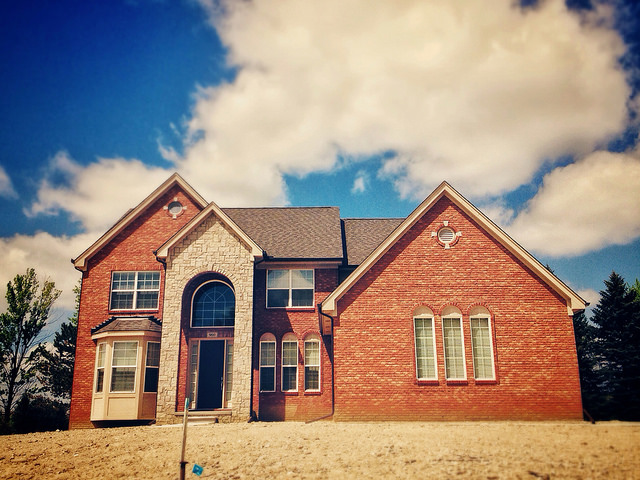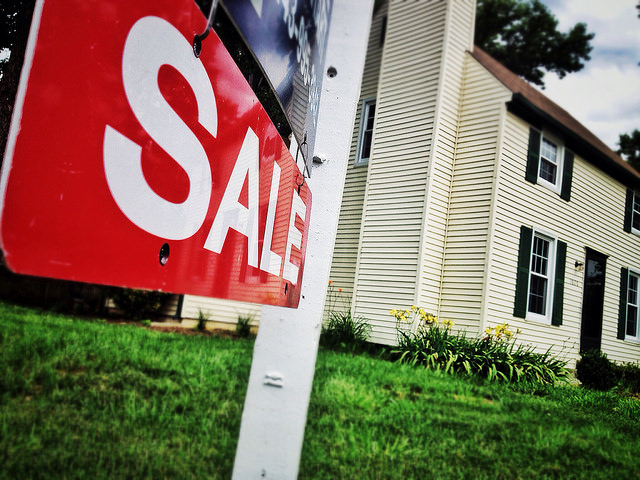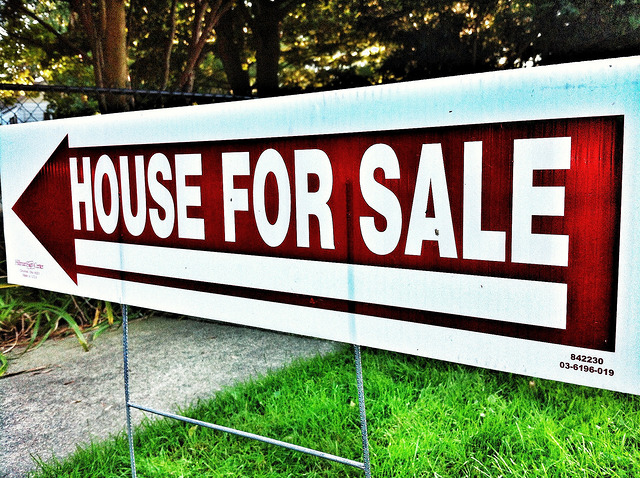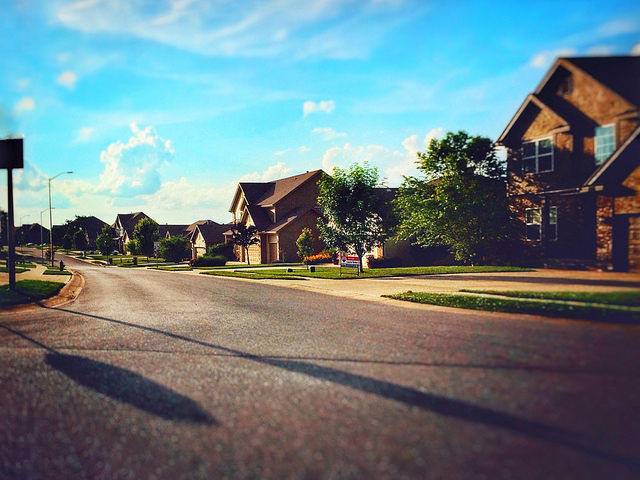New home sales are an important barometer for the housing market for a number of reasons. For one, the more new homes that sell, the more new homes builders will build. And, as more new homes get added to the number of homes for sale, home prices will begin to moderate, as there are more homes for buyers to choose from. In other words, new home sales affect anyone buying or selling a home, regardless of whether they’re specifically interested in a newly built home. Because of that, news that new home sales rose 17.5 percent in November is encouraging for potential buyers and sellers interested in getting into the market in the coming months. That’s because strained affordability conditions will be helped by an increase in the number of new homes being sold and, even more importantly, the number of new homes that are built in the coming year. The monthly improvement also far exceeded economists’ expectations. In fact, economists polled by Reuters had predicted sales would fall 4.7 percent. More here.













